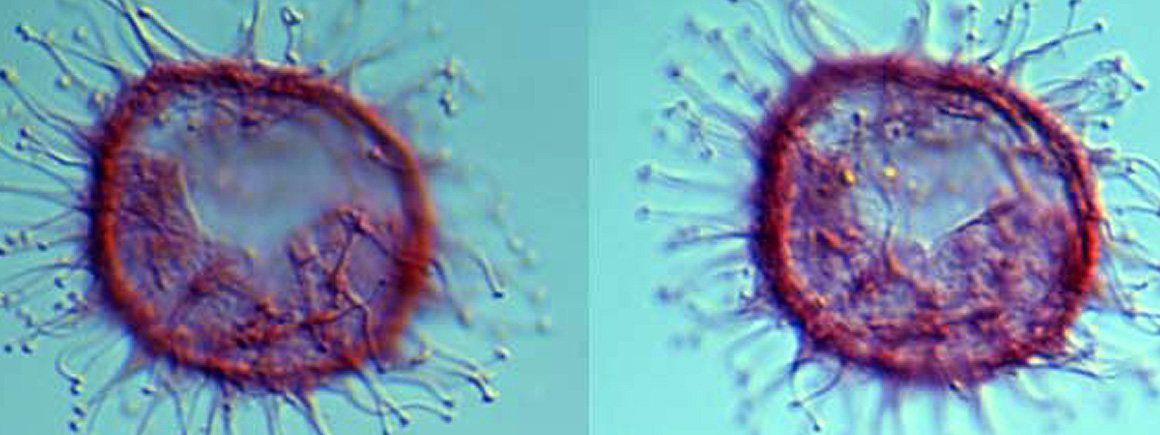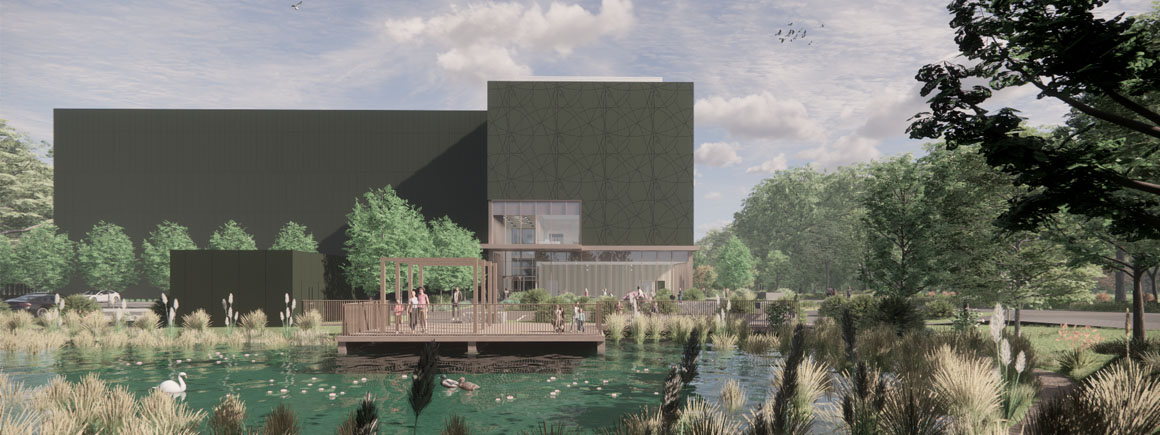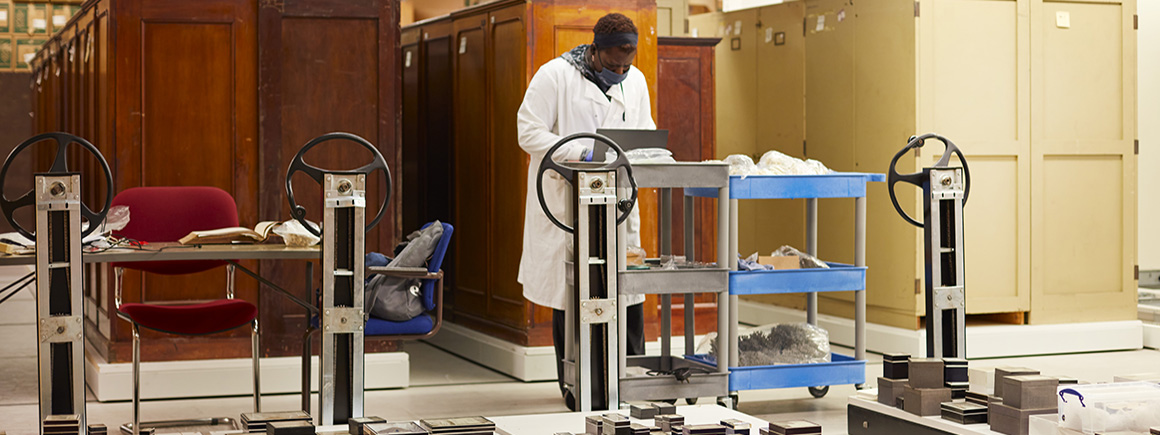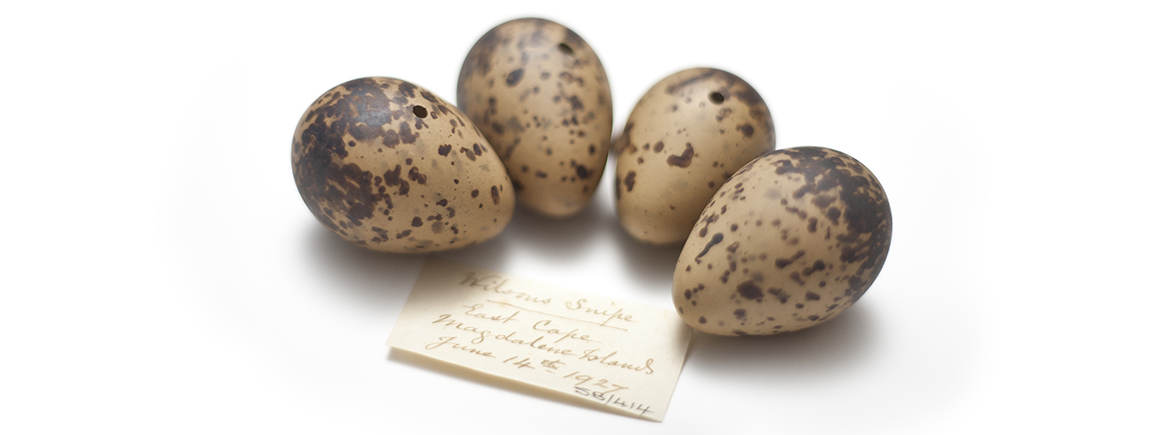Looking for a specimen?
The palynology collection is being digitised

An Eocene dinoflagellate, Impletosphaeridium, imaged at two different focal points. The specimen was collected in Whitecliff Bay, Hampshire, UK.
The Museum’s fossil spore and pollen collections are particularly valuable for dating rocks, reconstructing past environments and studying climate change.
The spore and pollen microfossil specimens are divided into four discrete major collections:
Contains the microfossil well-run samples from British Petroleum's exploration activities since the 1950s, including slides and residues from over 3,800 well and outcrop localities worldwide.
The collection includes:
JWIP is a card catalogue based around a central index of over 23,350 references. The index is particularly valuable for learning about specific palynological taxa, time periods or locations.
The catalogue is based around a central card index (‘JWIP References’), from which all references are cross-referenced into:
Acquired in 2013, the modern pollen and spore collection consists of approximately 12,000 glass slides. Each slide contains labelled examples of pollen and/or spores from key extant (living) northwest European flora.
Much of the collection has been imaged using both traditional light microscope and scanning electron microscope (SEM) equipment. The collection therefore includes a vast library of printed images for many of the genera encountered
The palaeontological value of an extant collection lies in helping us to understand the prevailing environmental conditions of the last c. 2.58 Million Years (the Quaternary Period).
Pollen grains and spores are found in most sedimentary deposits and have been around since pre-Cambrian times, making them reliable dating tools. As many species require specific environmental conditions to survive, their presence in the fossil record can reveal changes in climate.
The Duxbury collection contains dinoflagellate cysts from rocks formed during the Cretaceous period in the Isle of Wight. The collection consists of over 100 slides of Cretaceous dinoflagellate cysts, collected by Stanley Duxbury on the Isle of Wight.
The original slides have been reimaged using state of the art imaging techniques including Confocal Laser Scanning Microscopy (CLSM). All the figured specimens from this collection can be viewed online.
The palynology collection is being digitised
If you would like to use any specimens for research
Catch up with the curator of micropalaeontology's blog

Access to some collections will be affected as we prepare for the move to our new collections, science and digitisation centre.

Scientists and collections management specialists can visit the collections and borrow specimens for research.

Our duty is to provide a safe and secure environment for all of our collections.